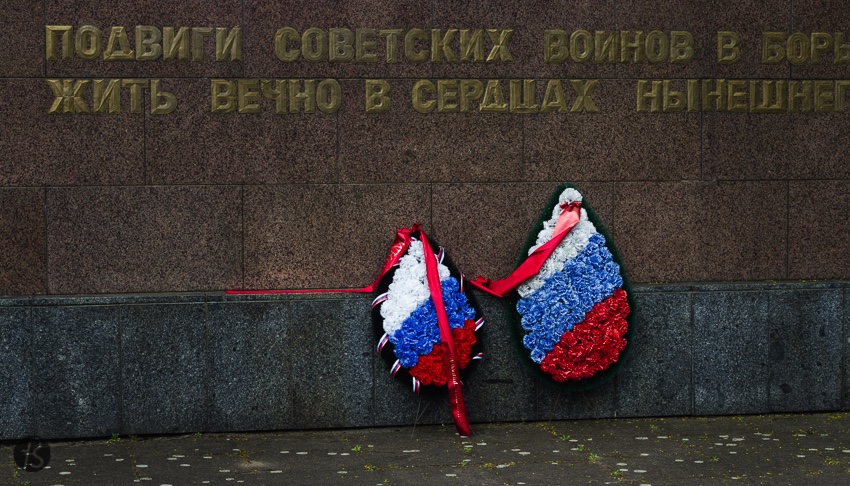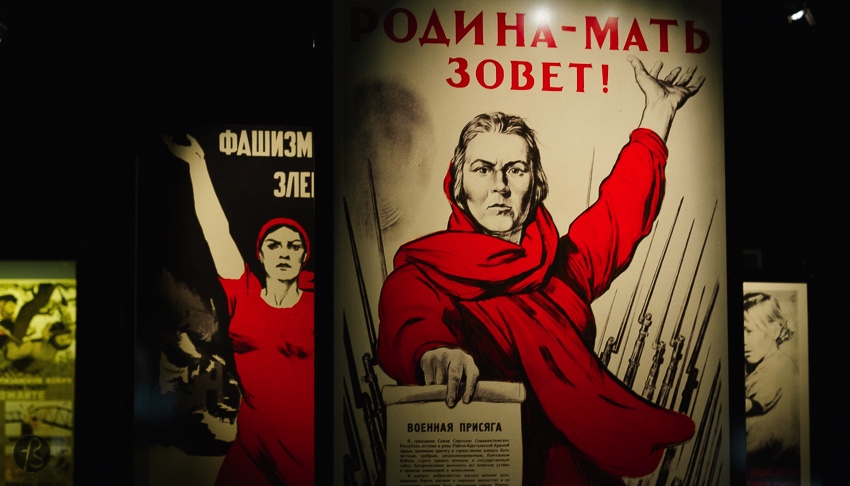When the Red Army marched on Berlin and defeated Nazi Germany, it marked the Second World War. More than two million Soviet soldiers came to Berlin to battle on the German capital streets, and more than 80,000 men died fighting fascism. Promptly after the way, three large Soviet memorials were built in Berlin.
Here, we will talk a bit about them and some smaller ones. These three soviet memorials are mostly well known, and they were built to commemorate the unconditional surrender of Nazi Germany. The Soviet Memorial in the Tiergarten was the first to be completed, the one at Treptower Park is the largest, and the one at Schönholzer Heide looks and feels more like a cemetery.

Most of these memorials were built after the Second World War in strategically located places. The goal of the Red Army was to place these memorials in essential parts of the city where people would gather and see them, like public parks. Sometimes, they were seated next to important German monuments to mark the defeat of Nazi Germany and show the strength of the occupation.
After the German Reunification, the Federal Republic of Germany was obliged to care for and respect these monuments. This was one of the issues discussed during the 1990 negotiations between the postwar occupation powers on the reunification of East and West Germany. The Soviet side considered those matters critical prerequisites to German reunification.
Today, there isn’t the Soviet Union or the Red Army, but the memories of the Second World War can still be seen all around Berlin. Most people who visit the city are familiar with the Soviet Memorial in the Tiergarten Park due to its proximity to the Brandenburger Tor, the Reichstag, and other important tourist destinations. Some also know about the Soviet War Memorial in Treptower Park for its epic size and importance, but they are not the only ones in Berlin.
Below, you can learn more about the Soviet memorials in Berlin that we visited and some other historical locations related to the Soviet occupation and the end of the Second World War.
Soviet War Memorial in Schönholzer Heide
The Soviet Memorial’s construction in Schönholzer Heide started in 1947, and it took two years to be ready. It became the final resting place for more than 13,000 soviet officers and soldiers who died in the Battle of Berlin.
Between the largest Soviet memorials in Berlin, the one on Schönholzer Heide seems more like a cemetery. It’s quite an exciting place to explore since it feels different from Berlin’s other more famous monuments.
The Soviet War Memorial Schönholzer Heide is located at Germanenstraße in Berlin Schönholz. The link below provides more information about the place.


Soviet Memorial in the Tiergarten
The Soviet Memorial in the Tiergarten is easily the most important and recognizable in Berlin. Mostly because it can be found in the city’s heart, between the Brandenburger Tor and the Siegessäule, at Strasse des 17. Juni. This was the first memorial to be built in Berlin, unveiled in November 1945, only six months after the end of the Second World War. This is the final resting place of around 2,500 Soviet soldiers who perished while taking back Berlin from Nazi Germany.
The Soviet Memorial Tiergarten is located at Straße des 17. Juni 4, and you can learn more about it by clicking on the link below.


Soviet War Memorial in Treptower Park
The Soviet War Memorial in Treptower Park is the largest Soviet memorial in Berlin and outside the former Soviet Union. This is easily our favorite memorial in town, and we blame this on the gorgeous statue that towers over the structure, crushing a swastika while holding a child. This was planned to emphasize the people’s liberation from fascism and not the defeat of the country.
This was the first place we explored in Berlin when we moved over in 2012. It was such a powerful experience that we tried to bring our traveling friends there whenever they wanted something new to see while in town.


The Soviet Memorial in Treptower Park is relatively easy to visit. You can take the S-Bahn to Treptow and follow the signs to the memorial. Below, you can read more about it, and here, you can see how gorgeous the place is during winter snowfall.
Soviet Memorial in Alt-Hohenschönhausen
The Soviet Memorial in Alt-Hohehnschönhausen is not like the previous ones we mentioned here. This isn’t a war cemetery, and it was unveiled to the public in April 1975 to celebrate the 30th anniversary of the liberation of Hohenschönhausen. The Red Army reached Berlin on April 21, 1945, and by the next day, the area around Alt-Hohehnschönhausen was utterly captured. This Soviet memorial is different from the others since it looks dated. The monuments built right after the end of the war have this Soviet feel to them, but this is different, as you can see from the pictures.
We visited it in the winter of 2018, and you can do the same by taking the tram M5 and stopping around the Simon-Bolivar-Strasse. You can learn more about this place by clicking on the link below.

The German-Russian Museum in Karlshorst
Different from the locations above, this isn’t a Soviet memorial. But it’s connected to the history of those memorials virtually since this building in Karlshorst is where the German Army’s unconditional surrender was signed, declaring the end of the Second World War in Europe. Today, this is the German Russian Museum in Karlshorst, and it is a fantastic place for anyone interested in the history of the Second World War and how it changed the world we live in today. We considered this one of the most interesting museums since it shows the Soviet perspective of the conflict, which we had never seen before until we visited this inconspicuous building in the east of Berlin.
The German Russian Museum in Karlshorst is free and open Tuesday through Sunday from 10 a.m. to 6 p.m. Click on the link below to see pictures of the museum and learn more about it.


Personally, we find it quite interesting to be able to visit a piece of history like this in Berlin. It’s essential to keep in mind the sacrifice of those who fought fascism and defeated Nazi Germany. We feel like the places we present here are vital for anyone who wants to understand the history and where we are today.